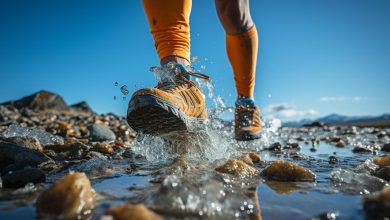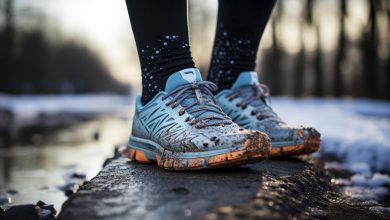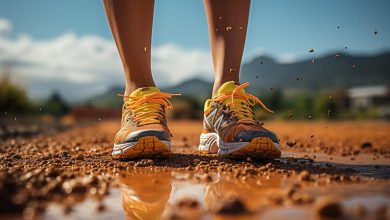Understanding and Preventing Runner’s Knee

Are you a runner who’s tired of being sidelined by knee pain? Look no further! In this article, we’ll dive into the world of runner’s knee, exploring its common causes and symptoms.
But don’t worry, we won’t leave you hanging – we’ll also provide effective treatment options and rehabilitation exercises to get you back on track.
And if prevention is your game, we’ve got tips for that too. So lace up those shoes and let’s conquer runner’s knee together!
Common Causes of Runner’s Knee

One of the most common causes of runner’s knee is overuse and repetitive stress on the knee joint. Runner’s knee, also known as patellofemoral pain syndrome, occurs when the cartilage under the kneecap becomes irritated or damaged. This condition is often seen in athletes who engage in activities that involve a lot of running or jumping.
Prevention measures play a crucial role in avoiding runner’s knee. It is important to gradually increase your training intensity and duration to allow your body to adapt and strengthen the muscles around the knee joint. Wearing proper footwear with adequate cushioning and support can also help reduce the risk of developing this condition. Additionally, incorporating strength training exercises for your quadriceps, hamstrings, and hip muscles can provide stability to your knees.
Several risk factors contribute to the development of runner’s knee. These include poor biomechanics (such as flat feet or excessive pronation), muscle imbalances, weak hip or core muscles, tightness in certain leg muscles (such as IT band), and previous injuries to the knee.
Symptoms and Diagnosis of Runner’s Knee

The symptoms of runner’s knee can include pain and tenderness around the kneecap. If you are experiencing these symptoms, it is important to seek a proper diagnosis from a healthcare professional. Runner’s knee, also known as patellofemoral pain syndrome, can have a significant impact on your running performance if left untreated.
To prevent runner’s knee, there are several strategies you can incorporate into your routine. First and foremost, it is crucial to have proper footwear that provides adequate support and cushioning for your feet. Additionally, gradually increasing the intensity and duration of your runs can help prevent overuse injuries like runner’s knee.
Strength training exercises focusing on the quadriceps and hip muscles can also play a role in preventing this condition. By strengthening these muscles, you provide better stability to the kneecap during running activities.
It is worth noting that while runner’s knee may not be completely avoidable, taking preventive measures can greatly reduce its occurrence. If you do experience symptoms of runner’s knee despite preventative efforts, seeking treatment early on will minimize the impact on your running performance and allow for faster recovery.
Remember to listen to your body and prioritize proper form and technique when running to minimize the risk of developing runner’s knee or any other injuries.
Effective Treatment Options for Runner’s Knee

To effectively treat runner’s knee, you should consider incorporating exercises that focus on strengthening the quadriceps and hip muscles. Physical therapy can be a valuable tool in helping you recover from this common knee injury. A physical therapist will work with you to develop an individualized treatment plan that may include exercises, stretches, and other modalities to alleviate pain and improve your knee function.
In addition to physical therapy, wearing a knee brace can provide support and stability to the affected area. Knee braces are designed to help reduce pain and inflammation while allowing for proper movement during activity. They can also help prevent further injury by providing added protection to the knee joint.
Here is a table summarizing some effective treatment options for runner’s knee:
| Treatment Options | Description |
|---|---|
| Physical Therapy | Individualized exercise program tailored to your needs |
| Quadriceps Strengthening Exercises | Targeting the muscles surrounding the knee |
| Hip Strengthening Exercises | Focusing on improving hip stability and alignment |
| Stretching | To improve flexibility of muscles surrounding the knee |
| Knee Braces | Providing support, stability, and protection |
Rehabilitation Exercises for Runner’s Knee
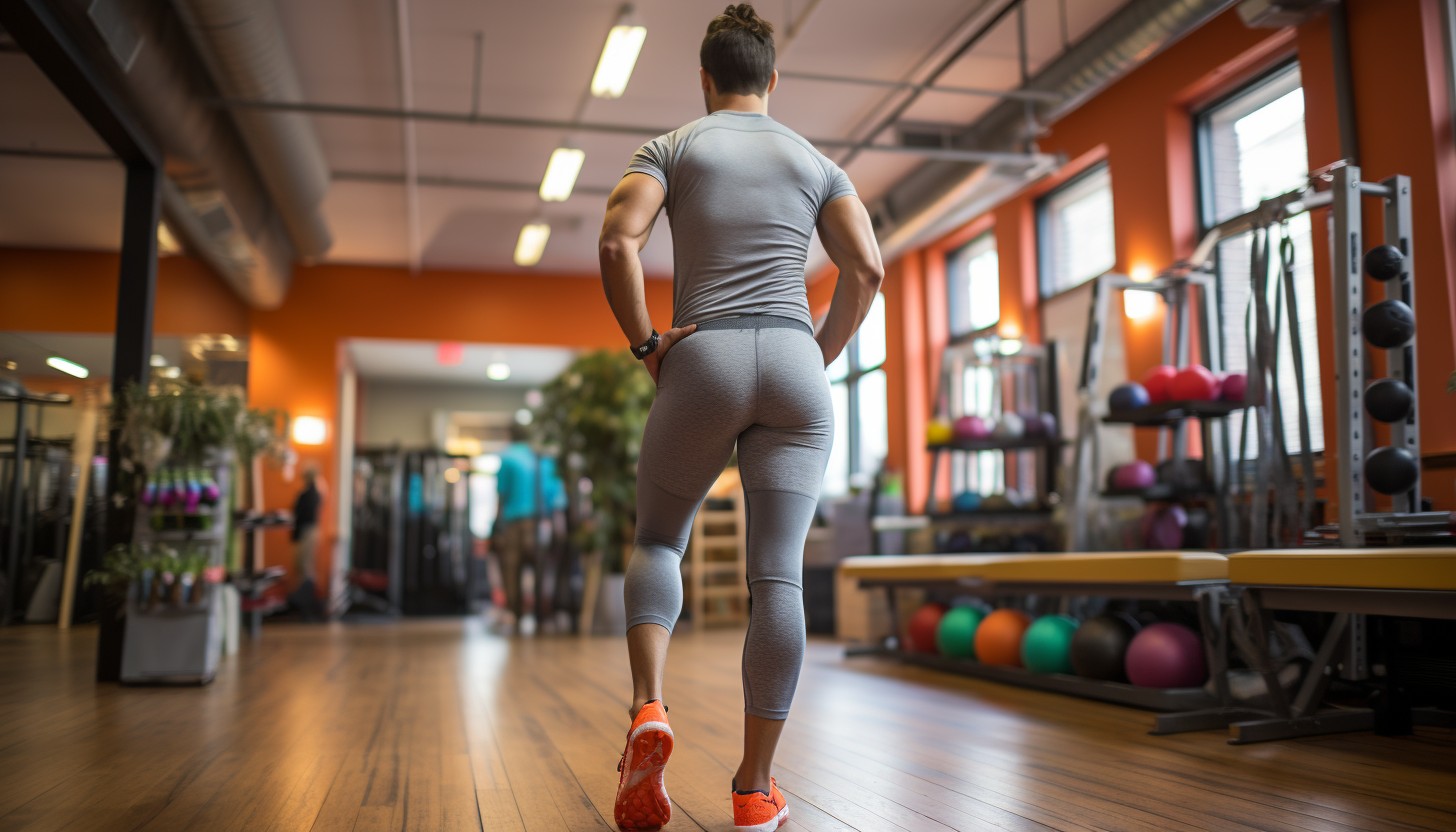
When rehabilitating your knee, it’s important to regularly perform exercises that focus on strengthening the quadriceps and hip muscles. These strengthening exercises can help improve the stability and function of your knee joint, reducing pain and preventing further injury. Physical therapy is often recommended for individuals with runner’s knee, as it can provide targeted exercises and guidance to aid in recovery.
One effective exercise for strengthening the quadriceps is the straight leg raise. Lie on your back with one leg straight and the other bent. Slowly lift your straight leg off the ground, keeping your knee extended. Hold for a few seconds before lowering it back down. Repeat this exercise for 10-15 repetitions on each leg.
Another beneficial exercise is the clamshell, which targets the hip abductor muscles. Start by lying on your side with both knees bent. Keeping your feet together, lift your top knee while keeping your feet touching throughout the movement. Hold for a second before returning to the starting position. Aim for 10-15 repetitions on each side.
Remember to consult with a healthcare professional or physical therapist before starting any new exercise program to ensure proper technique and avoid exacerbating any existing conditions. Strengthening exercises performed under supervision can greatly contribute to an effective rehabilitation plan for runner’s knee.
Tips for Preventing Runner’s Knee
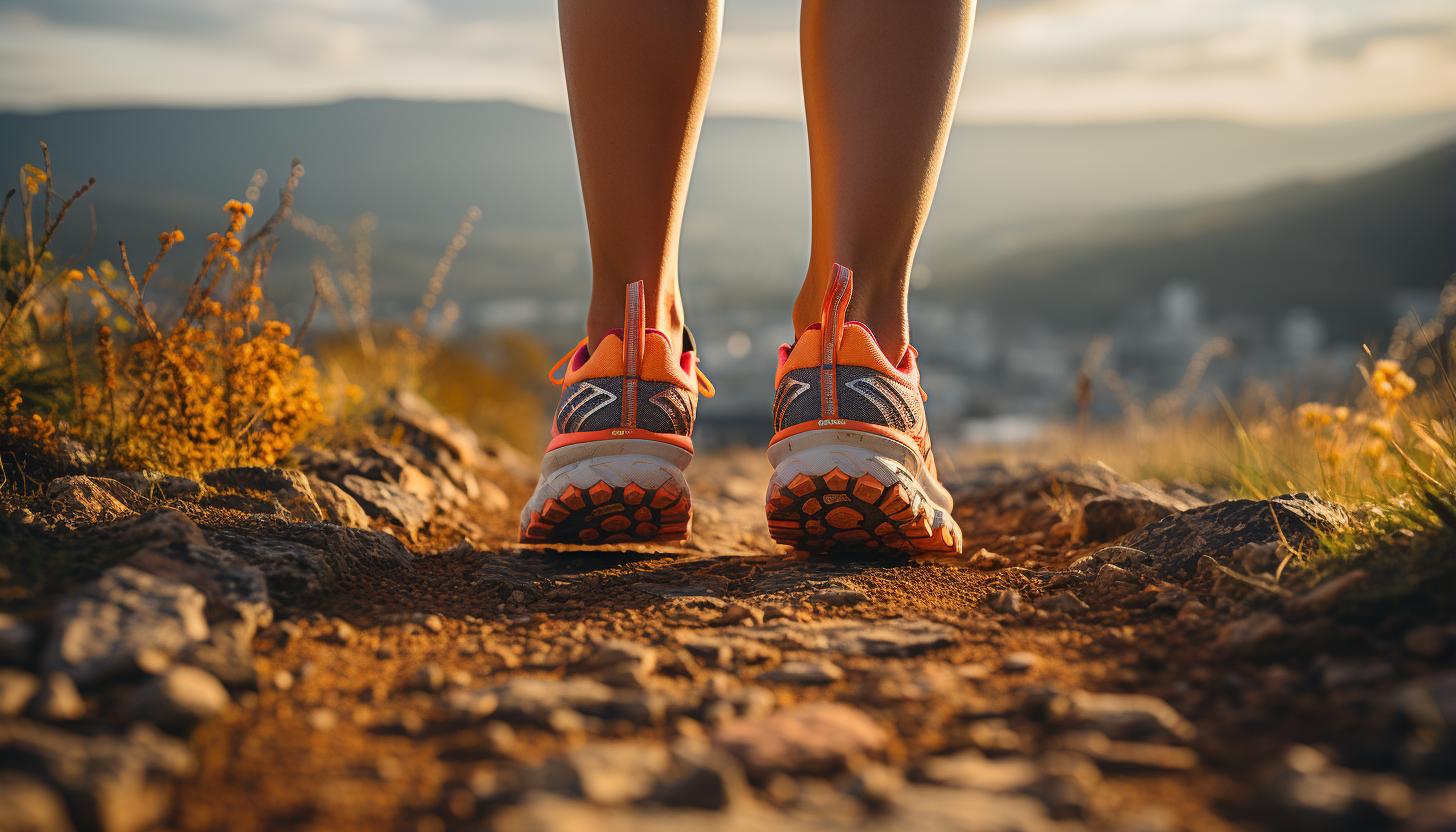
For effective prevention, incorporate regular stretching and strengthening exercises into your workout routine. By focusing on these exercises, you can reduce the risk of developing runner’s knee and other common running injuries.
Here are three key tips to help you prevent runner’s knee:
– Warm up properly: Before starting any physical activity, it’s crucial to warm up your muscles and joints. This can be done through dynamic stretching exercises that target the lower body, such as leg swings, lunges, and high knees. Warming up increases blood flow to the muscles and prepares them for the upcoming workout.
– Gradually increase intensity: Avoid sudden spikes in your training volume or intensity. Rapidly increasing mileage or speed can put excessive stress on your knees and lead to overuse injuries like runner’s knee. Instead, gradually progress by increasing distance or speed by no more than 10% per week.
– Strengthen your hips and glutes: Weak hip muscles can contribute to poor alignment and stability during running, leading to increased stress on the knees. Incorporate exercises like clamshells, bridges, and lateral band walks into your routine to strengthen these important muscle groups.
Conclusion
In conclusion, understanding and preventing runner’s knee is crucial for all runners. By recognizing common causes and symptoms, seeking a proper diagnosis, and implementing effective treatment options such as rest, physical therapy, or surgery if necessary, you can overcome this condition.
Rehabilitation exercises are also key to strengthening the affected muscles and preventing future injuries.
Remember, prevention is better than cure! So lace up your shoes, hit the pavement with caution, and enjoy the journey without letting runner’s knee rain on your parade.

